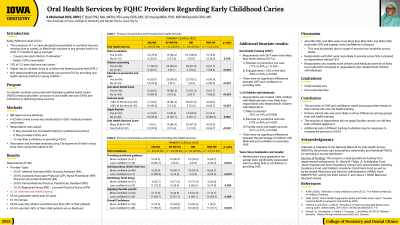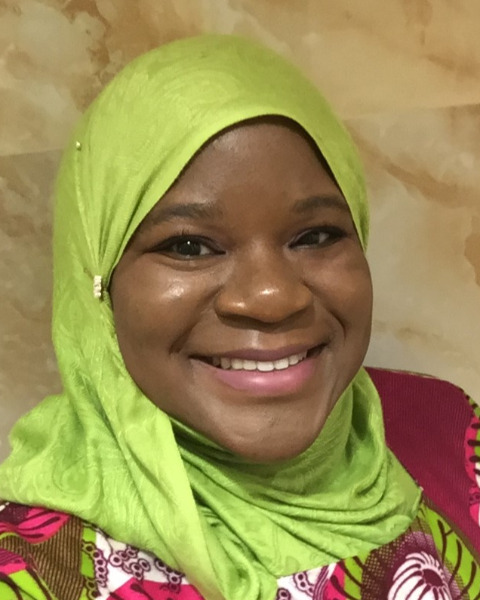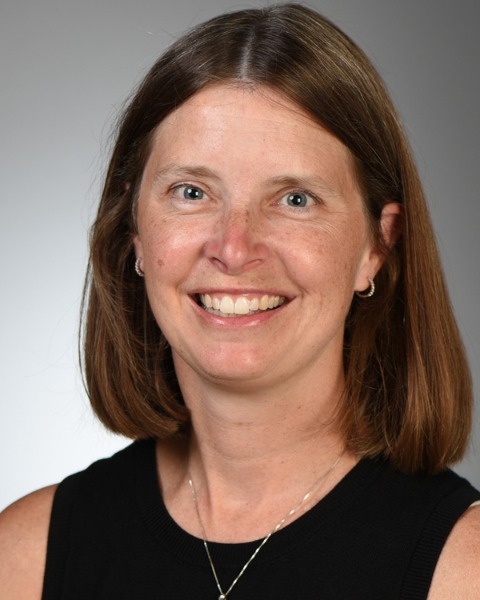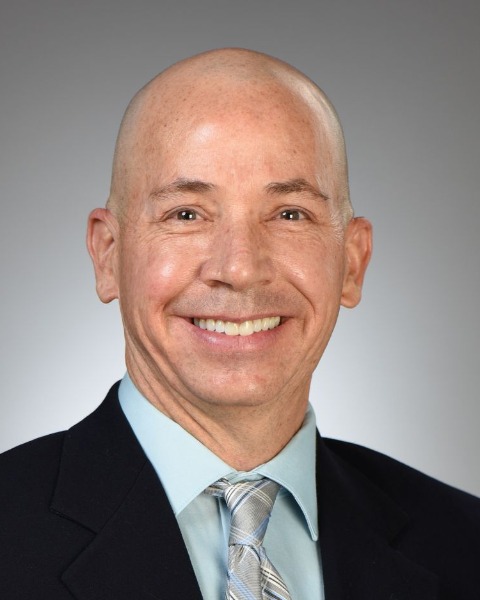Caries
107 - Oral Health Services by FQHC Providers Regarding Early Childhood Caries


Asana Mohamad, DDS MPH CPH
Resident
The University of Iowa College of Dentistry
The University of Iowa College of Dentistry
Iowa City, Iowa, United States- FQ
Fang Qian, PhD, MA, MPhil
The University of Iowa College of Dentistry

Kecia S. Leary, DDS MS (she/her/hers)
Associate Dean of Clinics
The University of Iowa College of Dentistry
University of Iowa
Iowa City, Iowa, United States
Lance Brendan Young, PhD, MBA (he/him/his)
Director of Behavioral Science
The University of Iowa College of Dentistry
The University of Iowa College of Dentistry
Iowa City, Iowa, United States- MM
Michelle R. McQuistan, DDS MS
Associate Professor of Preventive & Community Dentistry
The University of Iowa College of Dentistry
Iowa City, Iowa, United States - MM
Michelle R. McQuistan, DDS MS
Associate Professor of Preventive & Community Dentistry
The University of Iowa College of Dentistry
Iowa City, Iowa, United States - HS
Heidi Steinkamp, DDS PhD MS
University of Iowa College of Dentistry
Iowa City, Iowa, United States
Presenting Author(s)
Co-Author(s)
Research Mentor(s)
Program Director(s)
Purpose: Early childhood caries (ECC) is a preventable, common condition that causes pain and infection if untreated. Prevention of ECC relies on preventive oral health services (OHS). This study identifies variables associated with federally qualified health center (FQHC) medical providers’ provision of OHS and confidence in delivering these services.
Methods: A 62-item online survey was developed and distributed to FQHC medical providers nationwide. Provided OHS scores were summed and dichotomized as “few”=0-4 vs. “many”=5-6. Confidence in providing OHS was dichotomized as “more confident” vs. “less confident.” Descriptive and bivariate analyses were conducted (alpha=0.05).
Results: Eighty surveys were received. Respondents included: Nursing Assistants/Medical Assistants-25%, Nurse Practitioners (NPs)/Physician Assistants (PAs)/Assistant Physicians (APs)-29%, Physicians-30%, and Registered Nurses (RNs)/Licensed Practical Nurses (LPNs)-16%. Sixty-seven percent of respondents had oral health training. Forty-three percent of respondents provided few OHS, while 57% provided many. OHS and confidence in providing OHS varied by clinical role. NPs/PAs/APs and Physicians were more likely than Nursing/Medical Assistants and RNs/LPNs to provide OHS (87% and 86% vs 5% and 33%; P < .001) and express more confidence in doing so (55% and 57% vs 11% and 8%; P < .001). Providers with oral health training were more likely than those without training to provide oral health education (77% vs. 54%; P=.041) and evaluate children’s teeth (66% vs. 42%; P =.046).
Conclusions: The provision of OHS and confidence varied among providers based on their clinical role and oral health training. Further research is needed to increase OHS provided by non-dental providers.
Identify Supporting Agency and Grant Number:
Research supported by: This project is made possible by funding from departmental endowments: Dr. Henry W. Fields, Jr. Scholarship Fund, Jitesh Chandra and Arati Chowdhury Family Fund, Iowa Pediatric Dentistry Excellence Fund, and Pediatric Academic Enrichment Fund as well as by the Health Resources and Services Administration (HRSA) Grant D88HP37557 and by the 2024 James S. and Janice I. Wefel Memorial Research Award.

.jpg)